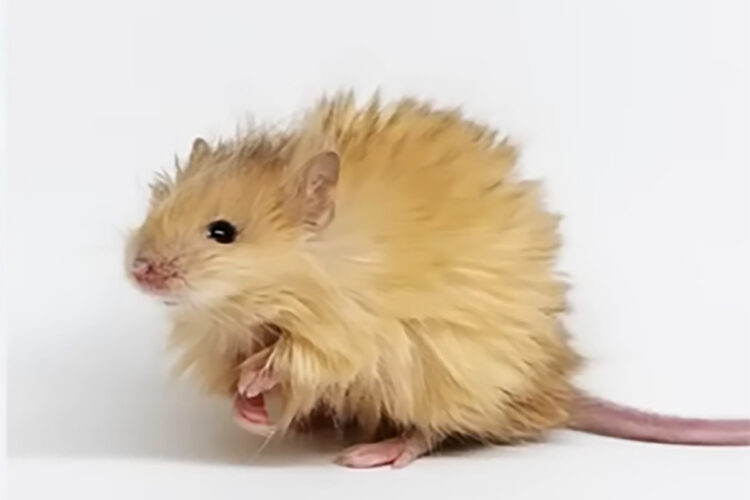
Dear EathTalk: Does the recent birth of wooly mice and dire wolf pups mean that “de-extinction” is a real thing now? And why would we want to bring back dire wolves, wooly mammoths or saber-toothed cats anyway?
—Paul Wilson, San Francisco, CA
July 18. In recent months, the Dallas-based biotech firm Colossal Biosciences announced the rebirth of the long-extinct dire wolf and woolly mammoth, species that had been extinct for thousands of years, pioneering the first successful de-extinctions in history. In response, some view this as a revolutionary breakthrough, whereas others express skepticism about the legitimacy of the de-extinction claim.
On its website, Colossal states that its mission is to “secure the health and biodiversity of our planet’s future”. The company claims that the restoration of extinct species would improve the ecosystem and combat biodiversity loss as they are reintroduced to their original habitats. Additionally, research on de-extinction can be used to protect endangered species; in fact, the company has leveraged its gene-editing technology to repopulate the critically endangered red wolf.
It’s simple, sort of
In principle, the process of de-extinction is relatively straightforward. The woolly mammoth, despite being extinct for over 4,000 years, has been preserved in permafrost, allowing Colossal to access and extract the genomes easily. Then, by using the gene-editing tool CRISPR, Colossal edited a mouse’s stem cell to exhibit the unique traits of the mammoth and introduced the cell into a mouse embryo. When the mouse pups were born, all of them expressed the woolly mammoth’s DNA through their “dramatically altered coat color, texture, and thickness reminiscent of the woolly mammoth’s core phenotypes.” Colossal applied a similar approach with the dire wolves by editing the genome of the gray wolf, the closest surviving relative to the dire wolf, to express dire wolf traits. As a result, three dire wolf puppies were successfully born.
Not so fast
Although Colossal Biosciences claims to have completely restored the extinct dire wolf, some scientists are skeptical. Hank Greely, director of Stanford University’s Center for Law and the Biosciences, told CBC News that “it is important for people to remember that these are not dire wolves. There are gray wolves that have some dire wolf characteristics.” Similarly, according to National Geographic, the dire wolf pups “are better understood as slightly-modified gray wolves rather than true dire wolves.”
Future plans
Amid controversies, Colossal revealed its plans to edit the genes of Asian elephants, the woolly mammoth’s closest living relative, to birth a life-sized recreation of the woolly mammoth by 2028. Furthermore, Colossal is also attempting to bring back the dodo bird and the Tasmanian tiger.
Caution advised
With the uncertainty surrounding de-extinction and gene-editing technology, it is crucial for the scientific community to use this tool with caution and utilize it to develop effective solutions to urgent global issues.
Shift focus
Finally, rather than adopting the idea that we shouldn’t worry about extinction because we can always recreate those animals, we should shift our focus towards taking proactive measures aimed at protecting endangered species and slowing the rate of biodiversity loss.
CONTACTS: Colossal Biosciences, https://colossal.com/de-extinction/; Is this really a dire wolf? Here’s how the ‘de-extinct’ pups compare to the real thing, https://www.nationalgeographic.com/science/article/dire-wolf-deextinction-colossal-paleontology.
EarthTalk® is produced by Roddy Scheer & Doug Moss for the 501(c)3 nonprofit EarthTalk. See more at https://emagazine.com. To donate, visit https://earthtalk.org. Send questions to: question@earthtalk.org.



